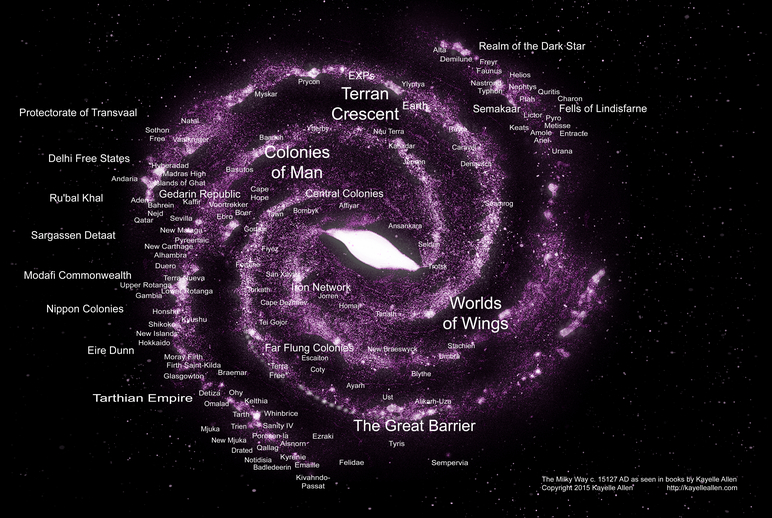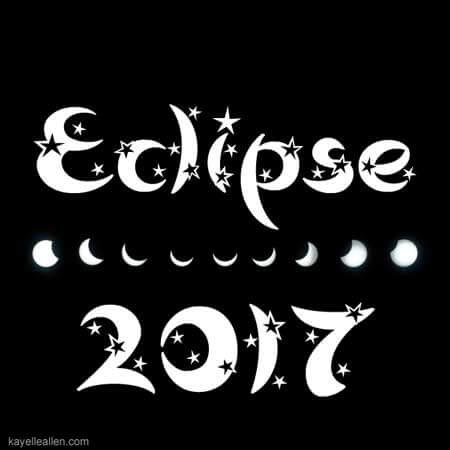Colonize the Galaxy
When I decided to write Science Fiction, I first did some serious, long-term worldbuilding. I created a future history, designed a language, set up a dating system to show how the various colonies interpreted time, and laid out a plan whereby mankind would inhabit and colonize the stars. I started doing this when I was 27, about 40 years ago.
My initial sketch was on sheets of paper taped together, because it kept getting bigger as I added details. If you're going to colonize the galaxy on paper, you need a lot of room!
Then about 14 years ago, when my son was taking graphic design in college, I asked him to create a galaxy for me to work with in Photoshop. He designed the background, and I then added the details.
To be honest, I always thought scientists and astronomers would have a giggle when they saw it. I'd populated the entire thing in huge sweeps, like an outreaching arm. I figured there were probably far too many worlds in my version, but it was my story, so I decided to go with it.
This year, a press release from the European Space Agency (ESA) announced they had entered the GTOC X competition, using data about reaching 100k star systems in an efficient way. The team provided a video online.
Imagine my surprise when I looked at it next to my own galaxy drawing.
In my story universe, in the upper right corner of the map, I have the Dark Star Realm. On the far right (unmapped on mine), it says Worlds of Wings. Humans aren't allowed there, so no one knows how many inhabited worlds exist in that area. The Tarthian Empire exists in a small area to the center left near the bottom. The ESA team closely matched my fictional conjectures.
Stop the video at the :57 mark to see the image captured at the top of the page.
To download my galaxy map in full resolution, visit the Tarthian Tour Company home page. The map is shown at the bottom and when you click it, it opens full size. You can then download or click again to zoom. Warning: large document -- you might have a wait time.
JOIN US FOR BOOKHOOKS
 Book Hooks is a weekly meme hosted by Marketing for Romance Writers as part of the MFRW Authors Blog. It's a chance each week for you the reader to discover current works in progress or previously published books by possibly new-to-you authors. Thank you for stopping by. Please say hello or leave a note in the comments.
Book Hooks is a weekly meme hosted by Marketing for Romance Writers as part of the MFRW Authors Blog. It's a chance each week for you the reader to discover current works in progress or previously published books by possibly new-to-you authors. Thank you for stopping by. Please say hello or leave a note in the comments.



